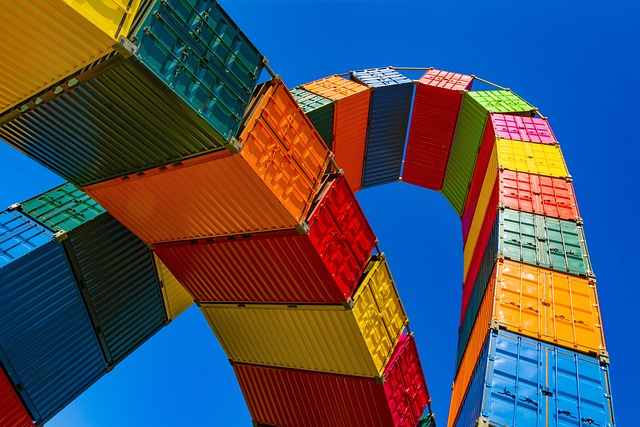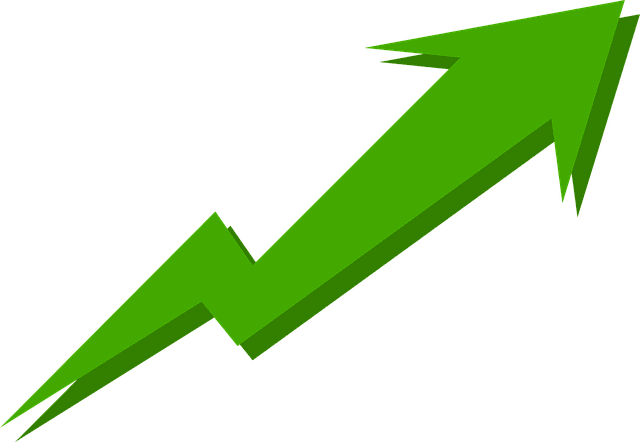The Rise of Trade Bots: A New Era in Financial Trading
In recent years, the world of financial trading has witnessed a dramatic transformation, driven by advances in technology and algorithms. Among the most prominent innovations are trade bots—automated systems that execute trades on behalf of investors. This article delves into the mechanics of trade bots, their advantages and disadvantages, recent developments in the space, and what the future may hold.

Understanding Trade Bots
Trade bots, or automated trading systems, are computer programs that use algorithms to make decisions about buying and selling assets in financial markets. These systems can analyze vast amounts of data and execute trades at speeds that are impossible for human traders. Fueled by artificial intelligence and deep learning, trade bots utilize a variety of strategies, from arbitrage to high-frequency trading, to identify opportunities and maximize profits.
How Trade Bots Operate
The operation of trade bots can be broken down into several key processes:
- Data Collection: Trade bots gather real-time data from various sources, including market feeds, news articles, and social media trends, to inform their trading decisions.
- Analysis: Using technical indicators and algorithms, the bots analyze the collected data to identify patterns, trends, and potential trading signals.
- Execution: Once a trading opportunity is identified, the bot automatically executes the trade, purchasing or selling the asset without any human intervention.
- Monitoring: Trade bots continuously monitor the market and adjust their strategies based on ongoing analysis, ensuring they're always positioned for the best possible outcome.
Types of Trade Bots
There are several types of trade bots, each designed for specific trading strategies and market conditions:
- Market-Making Bots: These bots provide liquidity to the market by placing buy and sell orders simultaneously, earning profits through the bid-ask spread.
- Arbitrage Bots: Arbitration bots exploit price discrepancies between markets. They purchase an asset in a market where it is undervalued and sell it in another market where it is overvalued.
- Trend-Following Bots: These bots analyze market trends and execute trades in the direction of those trends, aiming to capitalize on sustained upward or downward movements.
- Mean Reversion Bots: Based on the theory that prices will revert to their historical average, these bots execute trades that bet against extreme price movements.
Advantages of Trade Bots
The proliferation of trade bots is not without reason. Many traders are drawn to their numerous advantages:
1. Speed and Efficiency
Trade bots can analyze market data and execute trades within milliseconds. This speed provides an edge, especially in high-frequency trading environments where even a slight delay can result in significant losses. **In my opinion, this capability is one of the main reasons why many professional traders prefer using bots—manual trades simply cannot compete.**
2. Emotion-Free Trading
One of the most significant challenges for human traders is managing their emotions. Panic and greed can lead to impulsive decisions, resulting in losses. Trade bots operate without emotional interference, executing trades based purely on data and algorithms. **I believe this objectivity is crucial in volatile markets, where human emotions can cloud judgment.**
3. 24/7 Market Surveillance
Unlike human traders, trade bots can monitor markets around the clock, ensuring that opportunities are not missed due to time constraints or fatigue. These bots can continuously adjust to market conditions, allowing for an adaptable trading strategy. **This constant vigilance is something traditional traders often struggle to maintain.**
4. Backtesting and Optimization
Before deploying a trading strategy, bots can backtest their algorithms against historical data, allowing traders to optimize their strategies based on previous market behavior. This data-driven approach contributes to more informed trading decisions. **In my view, this is a game-changer for traders looking to fine-tune their systems.**
Disadvantages of Trade Bots
Despite their advantages, trade bots also have drawbacks that can impact their effectiveness. It is essential for traders to be aware of these downsides:
1. Complexity of Algorithms
The algorithms that power trade bots can be highly complex and may require significant expertise to develop and manage. Many traders may find it challenging to create effective bots, leading them to rely on third-party providers, which can introduce risks. **In my opinion, this reliance raises questions about trust and transparency in the trading process.**
2. Market Conditions Change Rapidly
Trade bots are typically programmed to follow specific strategies that may not adapt well to changing market conditions. If a bot is not regularly updated and optimized, it can lead to poor trading performance during volatile or unexpected market shifts. **This is a critical concern that traders must proactively address.**
3. Overfitting Risks
Traders often backtest strategies using historical data, but there is a risk of overfitting, where a bot becomes too tailored to past performance at the expense of real-world application. **I believe this phenomenon can lead traders to develop false confidence in their strategies, which could prove detrimental in live trading scenarios.**
4. Regulatory and Ethical Concerns
The rise of trade bots has raised regulatory and ethical questions. Concerns regarding market manipulation and the potential for a lack of transparency in automated trading practices demand careful consideration from both traders and regulators. **It is my assertion that as the industry grows, so too must the guidelines and frameworks that govern it.**

Recent Developments in Trade Bot Technology
The landscape of trade bots is fluid, with continual advancements reshaping the industry. Here are some notable recent developments:
1. Integration of Machine Learning
Modern trade bots increasingly incorporate machine learning algorithms that enable them to learn and adapt based on past performance. This capability allows bots to refine their trading strategies autonomously over time, making them more effective in dynamic markets. **I consider this integration a significant leap forward, underscoring the evolving nature of algorithmic trading.**
2. Rise of Social Trading Bots
Social trading platforms have birthed a new genre of trade bots that allow users to copy successful traders' strategies—or to develop their strategies based on the collective intelligence of the trading community. This democratization of trading strategies empowers a broader audience to engage in trading while benefiting from the expertise of seasoned traders. **In my view, this trend could level the playing field and make trading more accessible.**
3. Increased Regulatory Scrutiny
As the popularity of trade bots continues to surge, regulators are implementing stricter oversight to ensure fair trading practices. Smaller trading firms may face heightened scrutiny, and sophisticated regulations are being drafted to account for the influence of automated trading methods on market stability. **I believe this regulatory scrutiny is indispensable in maintaining industry integrity.**
The Future of Trade Bots
Looking ahead, the landscape of trade bots is poised for further evolution. Here are some key trends that are likely to shape the future:
1. Greater Accessibility
As trade bot technology becomes more sophisticated, user-friendly interfaces are also emerging, making it easier for novice traders to utilize automated trading strategies. **I foresee that this accessibility will foster widespread adoption and encourage a new generation of investors to explore the world of trading.**
2. Ethical AI in Trading
With the implementation of machine learning and AI, ethical considerations surrounding automated trading are becoming increasingly relevant. The industry is likely to prioritize the development of ethical bots that take into account responsible trading practices and prevent manipulation. **In my opinion, this focus on ethics will be crucial for fostering trust in algorithmic trading.**
3. Evolution of Regulation
As markets change, so will the regulatory landscape. Future regulations are likely to focus on transparency, accountability, and the standardization of algorithms used in trade bots. These frameworks will ensure that the trading environment remains fair and equitable for all participants. **I believe that this evolution will be essential to sustain industry growth and investor confidence.**
Conclusion
In conclusion, trade bots represent a significant evolution in the world of financial trading. Their ability to operate at lightning speed, devoid of emotional interference, and their potential for optimizing trading strategies have made them indispensable tools for modern traders. However, as with any technology, there are challenges and ethical considerations that the industry must continue to address. As we move forward, the dynamic interplay between innovation, regulation, and market dynamics will ultimately shape the future of trade bots. **It is a fascinating time to be involved in trading, and the choices made today will significantly impact the financial landscape for years to come.**